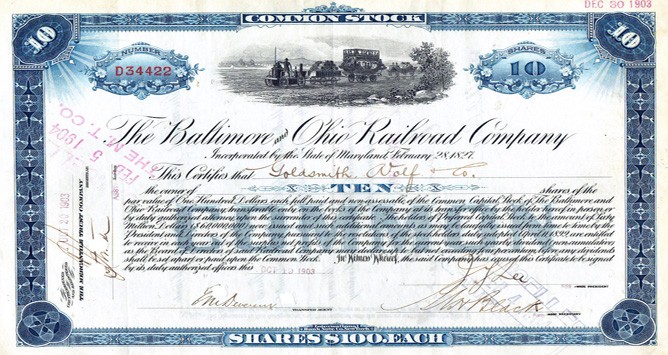American Depositary Receipts
Post on: 9 Июнь, 2015 No Comment

How You Can Invest in International Stocks through ADRs
(LifeWire) — American depositary receipts, or ADRs, are a bit of financial magic that deliver the world to the doors of US investors.
First introduced by the investment house of JP Morgan in 1927, ADRs are simple in concept. In the most basic terms, A United States bank or investment institution places a certain amount of stock of a foreign company into its vaults — the depositary part of the name — then allows investors to buy shares in that collection of stocks, priced in US dollars.
Those shares, or receipts, can then be traded on regular stock markets almost as though they were shares held directly in the foreign company itself, only the arrangement is better for US investors. Since ADRs are traded in US dollars and are securities that originate within the United States, they carry none of the cross-border fees or other hassles that might ensue if an investor from Peoria were to try to buy stock directly in a South Korean steel mill. The worst most investors have to worry about are small fees, often a few pennies per ADR per year, charged by the depository institution to cover their costs of offering the service.
Thus, in a sense, US investors gain access to the world through ADRs without having to leave the comfort of their own living rooms.
ADRs vs. Stocks
Like normal stocks, ADRs tend to trade at levels that track the financial health of their underlying companies. Still, there are important differences between an ADR and a directly held stock.
For example, there are different flavors of ADRs, each of which carries a different level of reporting responsibility — in other words transparency in reporting their financial health — to US regulators and investors.
Unsponsored shares: These offer the lowest level of entry into the American market. Unsponsored shares trade only on over-the-counter markets — not on the major US stock exchanges — and bear no responsibility to report to US regulatory agencies. They are rarely issued today.
Level I: These shares can also only be traded on over-the-counter markets, but they are generally issued through only one US agent — their depositary sponsor. Regulatory reporting requirements are still minimal. Quarterly or annual reports are not required. Even if such reports are issued, they are not required to adhere to US standards of generally accepted accounting principles, or GAAP, and the companies can post their results in a foreign currency.
Level II: Companies that want to sell ADRs to US investors at this level have to register with the Securities and Exchange Commission and file an annual report that complies with GAAP standards. This is the lowest level of shares that can be listed on a US stock exchange.
Level III: This is the gold standard of ADR ratings. It allows foreign companies to issue shares directly into the US, rather than simply allowing the indirect purchase of already created shares. In exchange, the company is required to file annual reports that comply with GAAP standards, typically something known as a form 20-F (compared to the regular 10-K filing by companies in the United States). And it is required to share any news that it distributes within its home country to US investors as well.
ADRs’ Special Risks
Of course, even though they trade in US dollars and can, at least on the surface, closely mimic the look and feel of American stocks, ADRs come with their own set of special considerations to keep in mind.
Currency risk: If the value of the US dollar rises against the value of the company’s home currency, a good deal of the company’s intrinsic profits might be wiped out in translation. Conversely, if the US dollar weakens against the company’s home currency, any profits it makes will be enhanced for a US owner. For more information on how this could damage or inflate your results, read The Danger of Investing in International Bonds .
Political risk: ADR status does not insulate a company’s stock from the inherent risk of its home country’s political stability. Revolution, nationalization, currency collapse or other potential disasters may be greater risk factors in other parts of the world than in the US, and those risks will be clearly translated through any ADR that originates in an affected nation.
Inflation risk: Countries around the globe may be more, or less, prone to inflation than the US economy is at any given time. Those with higher inflation rates may find it more difficult to post profits to an US owner, regardless of the company’s underlying health.
In other words, ADRs are just what they seem: a representation of a foreign stock, rather than an actual holding in the company. Because of all of the considerations listed above, an ADR of a foreign company in the US. may trade a little ahead or a little behind the price the company commands in its own currency in its own home base. But it’s safe to say that buying an ADR is the closest an American investor can come to participating directly in the rest of the world’s economy.
More Information About Trading Stocks
To learn more, read our guide to trading stocks. It will explain some of the basics of stock trading, pitfalls, and much more.














